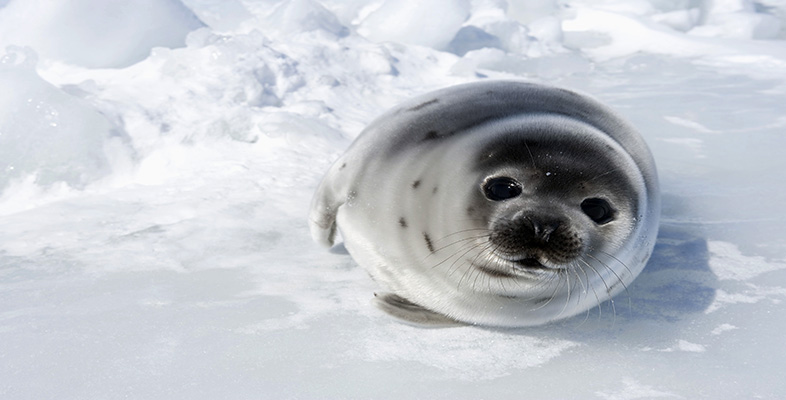2.4.1 Summary of Sections 1 and 2
Large seasonal changes in temperature and sunlight dominate primary plant production and hence the food supply. Food intake is regulated by the endogenous seasonal control of appetite, fattening and activity, as well as by food availability. Energetically demanding activities such as breeding and migration are only feasible during a brief period and must be tightly synchronized to season. Greater accessibility of food suitable for chicks makes long-distance migration to and from high arctic regions worthwhile for some birds. Adaptations of thermoregulation and growth rate enable breeding to be completed during the brief summer. Arctic ecosystems involve relatively few species, some of which are prone to abrupt, cyclic changes in population abundance, so food supplies change erratically from year to year and from place to place. Most physiological adaptations to these features of the polar environment probably arise from modification and refinement of mechanisms that occur in temperate-zone species.
